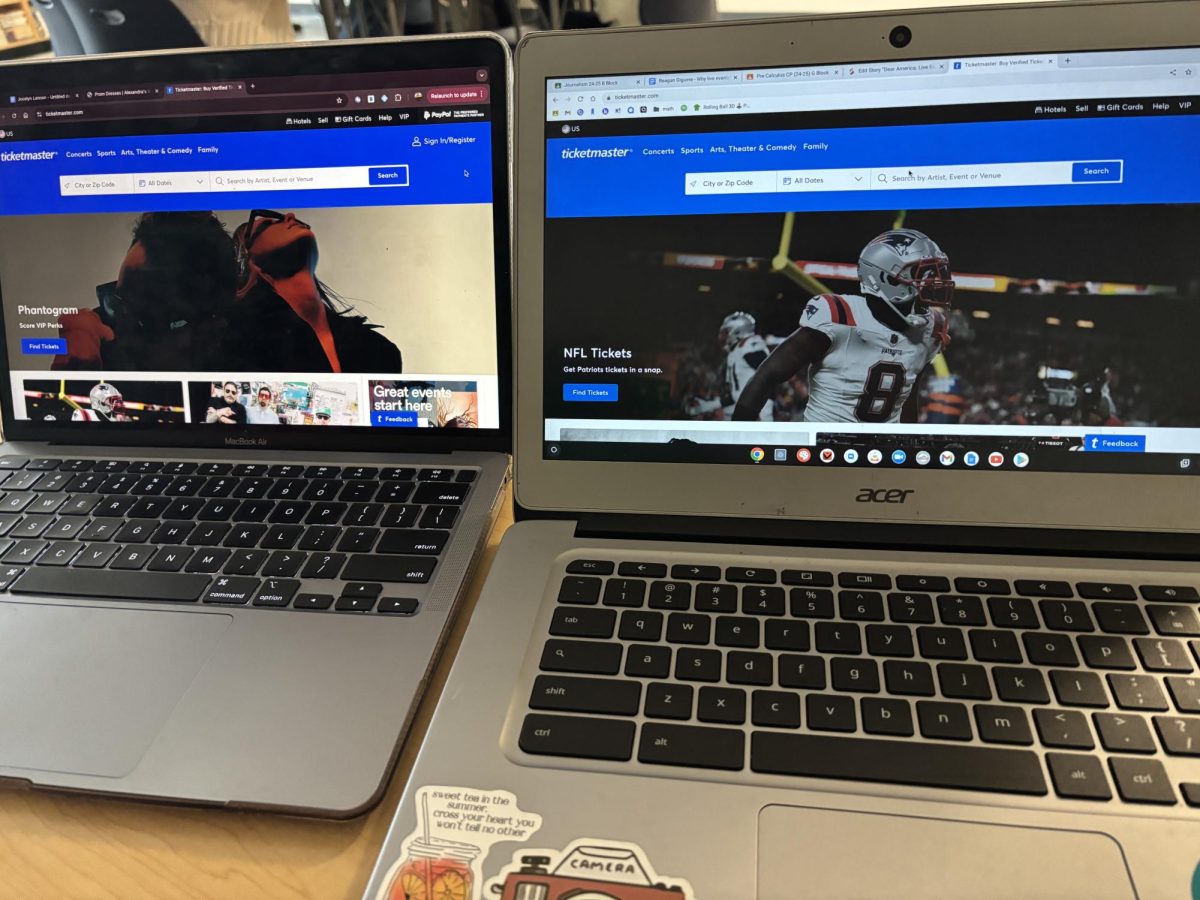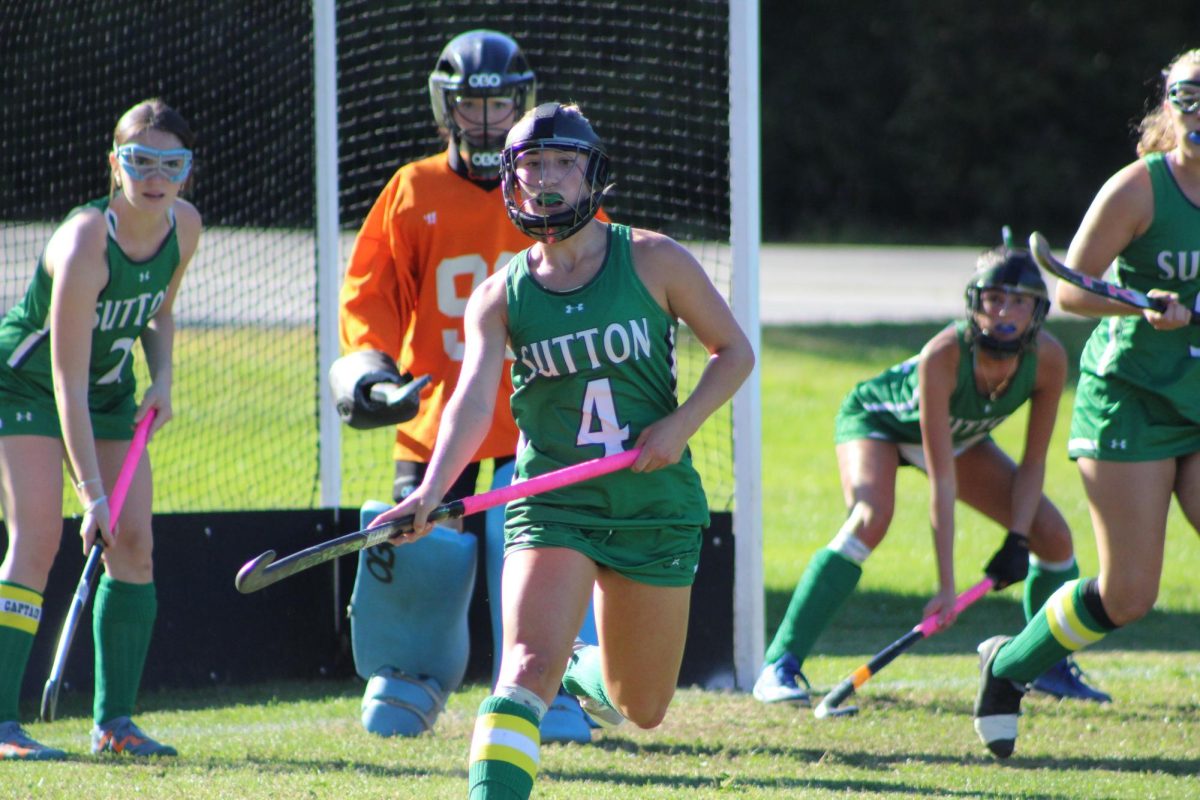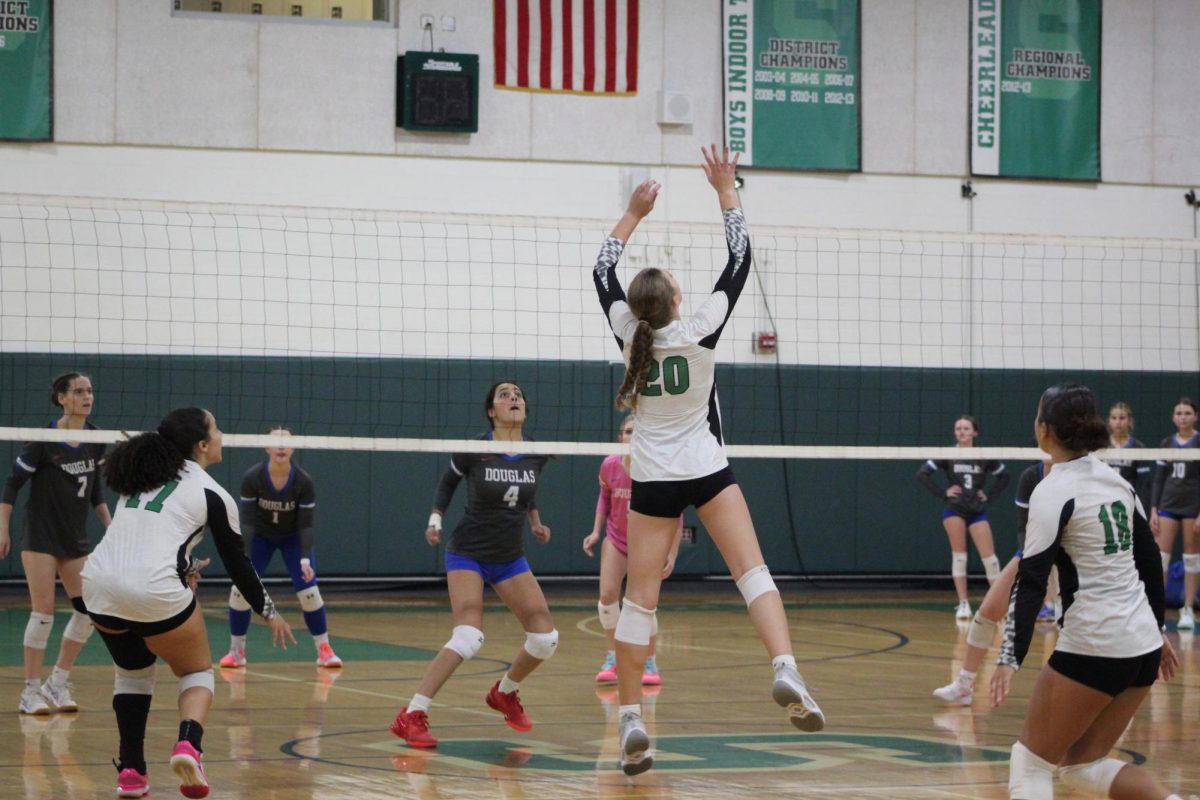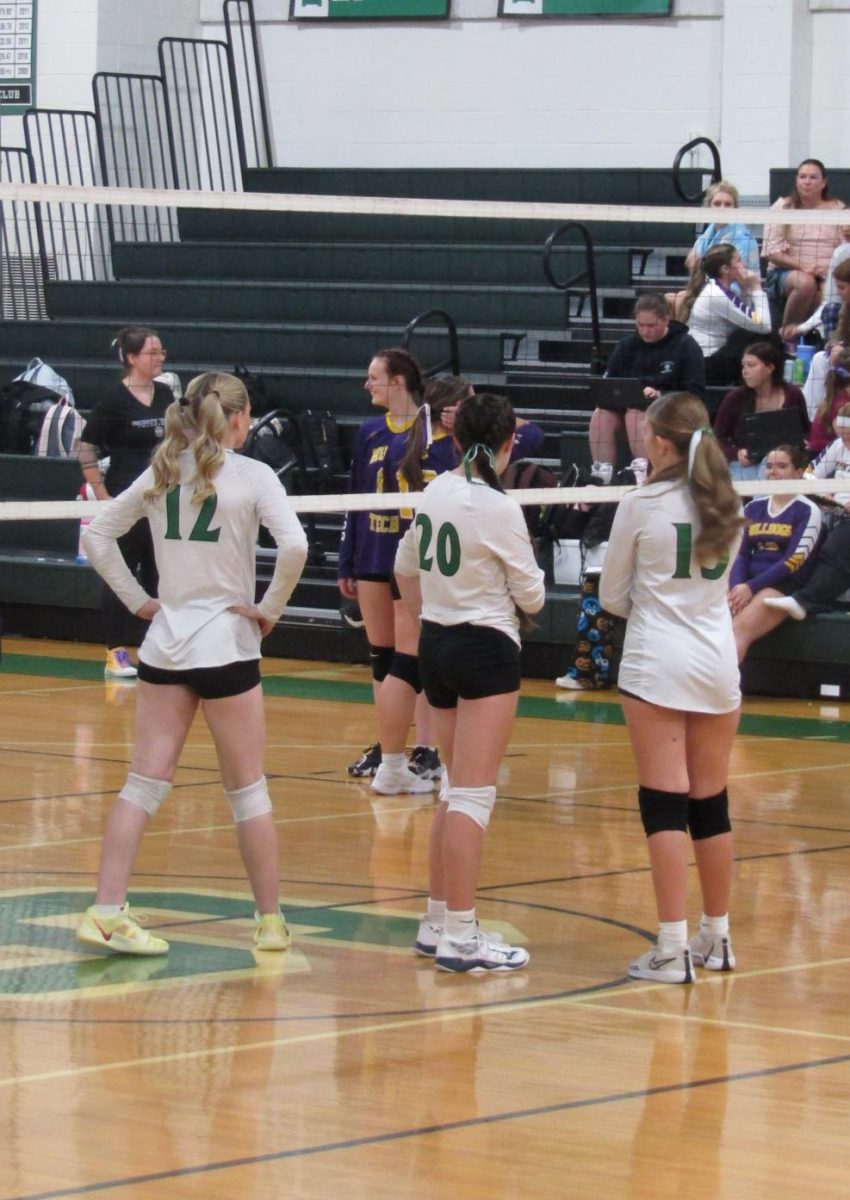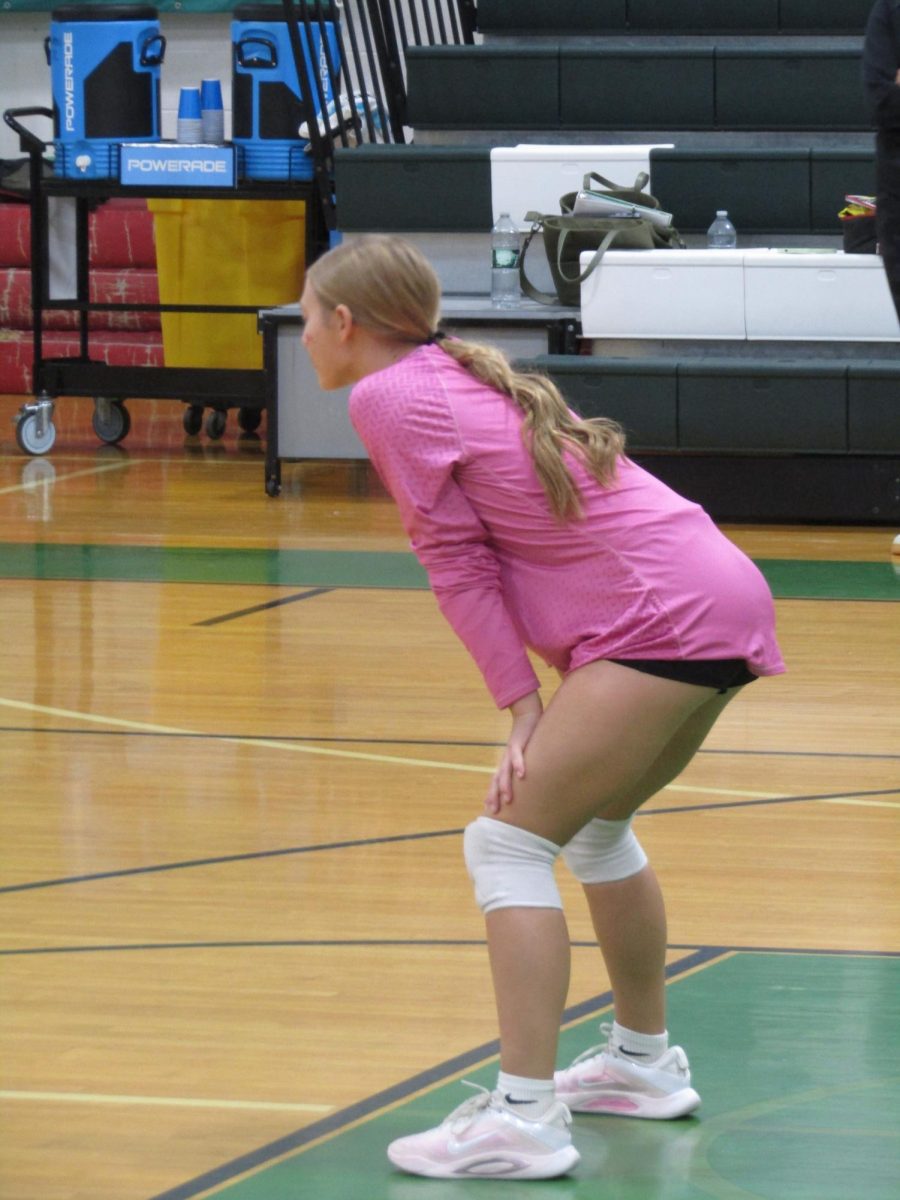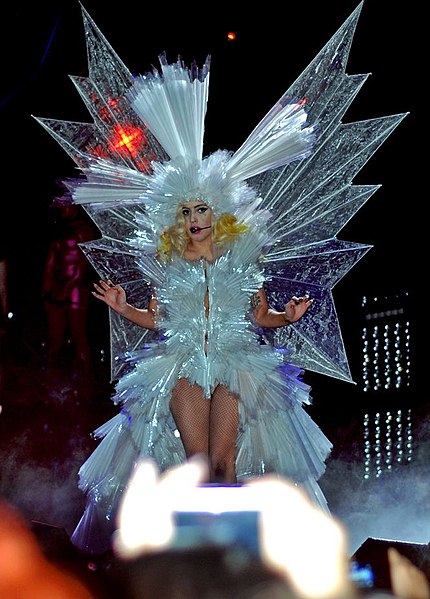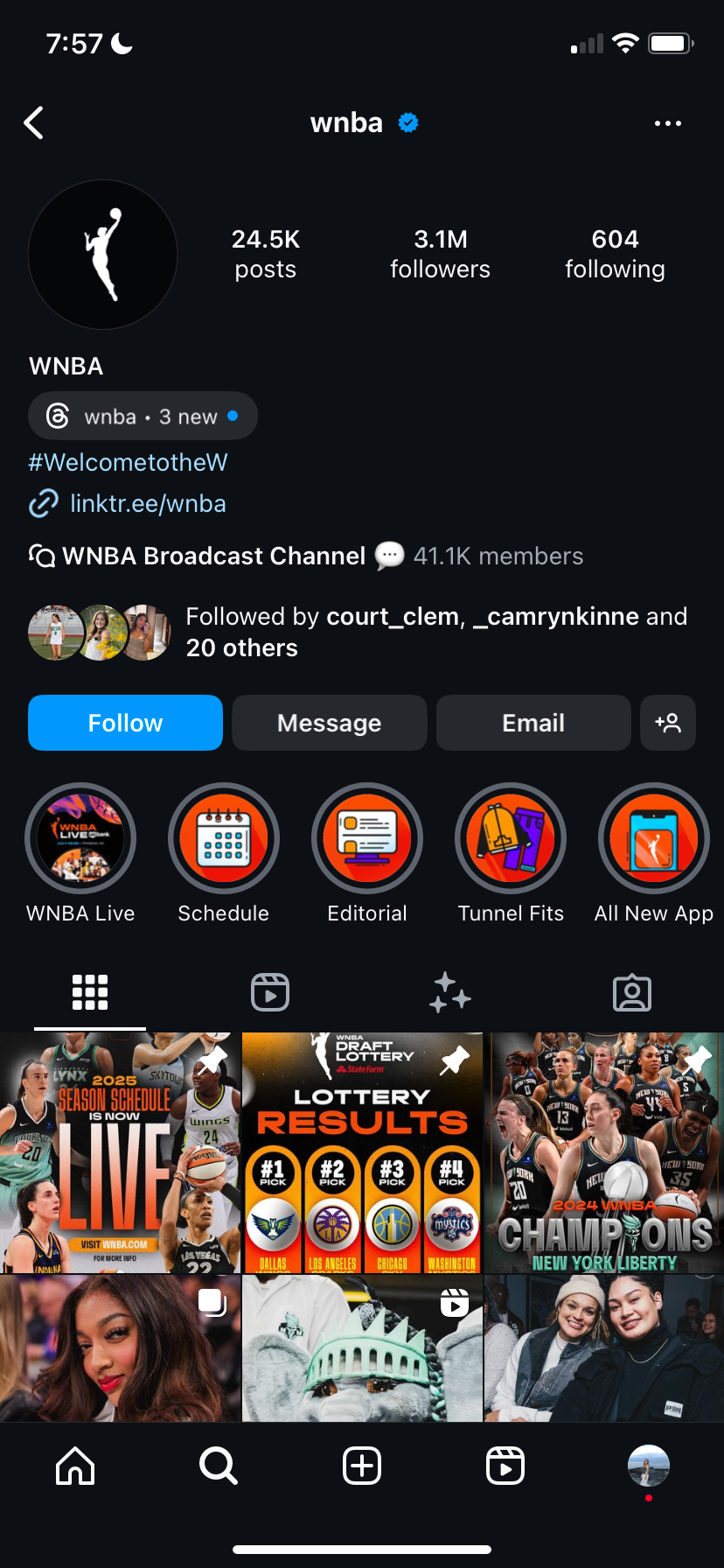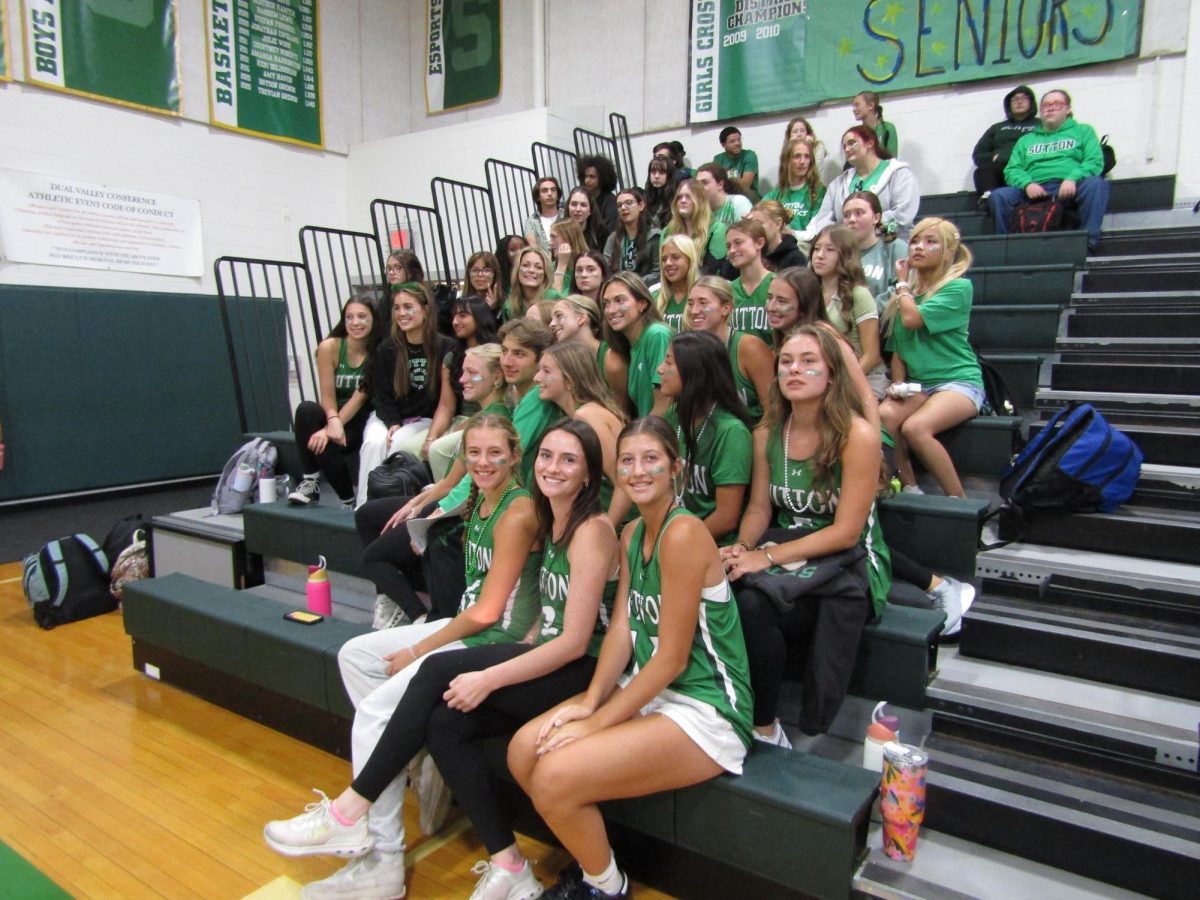The views on women’s vs. men’s sports can differ in several ways. Sports are generally considered a masculine domain, and this stereotype results in men’s sports being perceived with greater importance than women’s sports.
Recently, though, there has been an uprising of women’s sports making the revenue and views higher, but still it is not quite at the same level.
One of the main things that contributes to views is media coverage. Men’s sports, more often than not, receive more media coverage, which can lead to greater visibility and higher viewership. Greater media coverage can hype up the games, bring more fans, and even attract more sponsors. This disparity often means that men’s sports are more heavily promoted and marketed. Media coverage can make an immense impact in the popularity of a team or sport.
Throughout the evolution of sports, sponsorship and funding has always been provided to more men than women. Due to men’s sports attracting more sponsorship and funding, results can also be better facilities, equipment, and overall support. This enhances the quality of the sport and attract more viewers. There are many economic factors in this because men often generate more revenue through ticket sales, merchandise, and broadcast rights.
Many of the issues with views in women’s sports come with the public’s perception. There can be societal biases that affect how women’s and men’s sports are perceived. Although women’s sports have been gaining a lot more recognition and respect over the years, there are still ways to go. Men’s sports are often seen as more competitive and physically demanding, which can influence viewer interest.

For some historical context, men’s sports have a longer history and tradition in many cultures, which can contribute to a more established fan base. Historical dominance has designated men’s sports as more traditional, more popular, and with a longer history of professional leagues and major events. This established fan base creates a cycle where more coverage leads to more interest and vice versa.
Timing plays a major role in views as well. Event scheduling favors the men’s sports which often have them scheduled in prime time slots which can attract larger audiences. Women’s sports events do not always receive the same scheduling consideration.

There are many role models and heroes throughout any sport. There are more widely recognized male athletes who have become household names which can draw more viewers. However, this is changing as more female athletes gain prominence.
Despite these differences, there is a growing movement to promote and support women’s sports, aiming to balance the scales in terms of viewership and support. Efforts by many different teams and organizations are being made to address these disparities. Women’s sports are gaining more recognition and coverage, but there’s still a significant gap. To weaken the gap, teams and organizations are working on their media coverage and viewers.

















